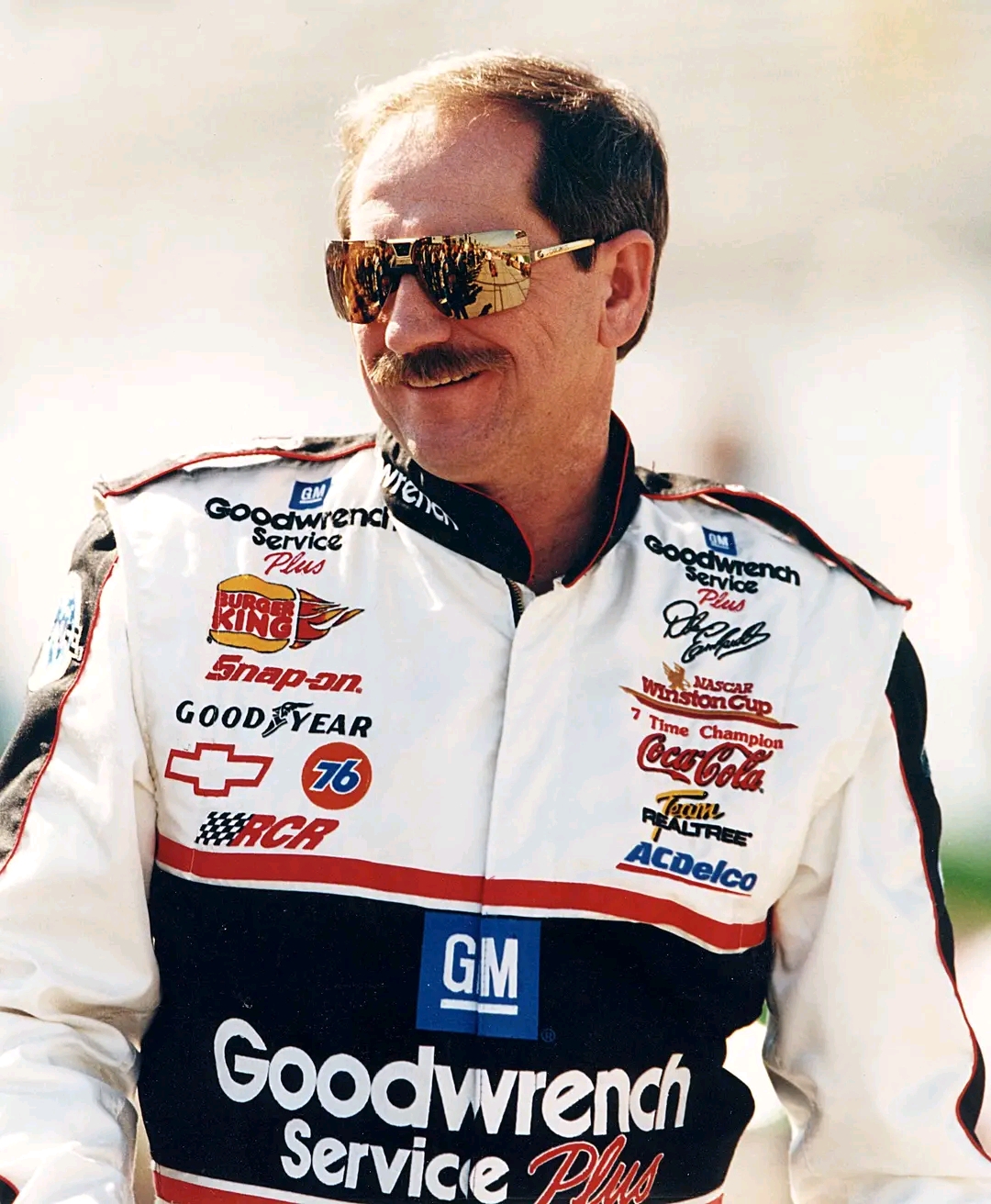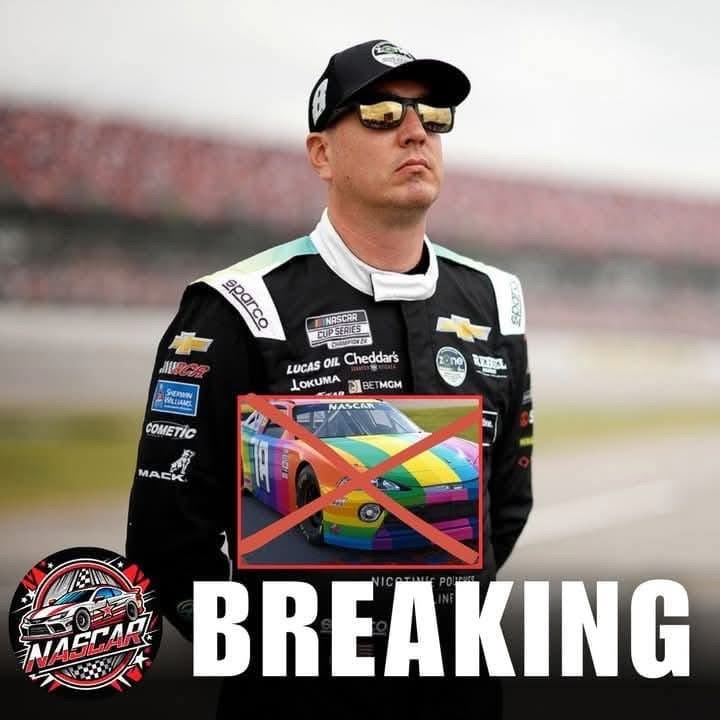On February 18, 2001, the NASCAR community was rocked by the tragic death of seven-time Winston Cup champion Dale Earnhardt during the Daytona 500. Earnhardt, known as “The Intimidator,” was a central figure in NASCAR’s rise to mainstream prominence. His sudden passing underscored the critical need for enhanced safety measures in the sport.
The fatal accident occurred on the final lap of the Daytona 500, when Earnhardt’s car collided with the retaining wall after contact with drivers Sterling Marlin and Ken Schrader. He was pronounced dead shortly after the crash, with the cause of death determined to be a basilar skull fracture.
In the aftermath, NASCAR conducted an extensive six-month investigation into the incident. The findings revealed multiple contributing factors, including a broken seat belt, which allowed Earnhardt to be thrown forward during the collision. The report recommended several safety improvements, such as the installation of “black boxes” in cars to monitor crash forces, the use of computer models to design safer vehicles, and the testing of race track barriers. However, it did not immediately mandate the use of head and neck restraint devices, despite acknowledging their potential benefits.
Following Earnhardt’s death, there was a significant shift in driver attitudes toward safety equipment. Many drivers began voluntarily using head and neck restraint devices like the HANS (Head and Neck Support) device and the Hutchens device. By July 2001, 41 out of 43 drivers wore such devices during the Pepsi 400 at Michigan International Speedway. This widespread adoption highlighted the drivers’ commitment to safety in the wake of the tragedy.
The momentum for safety reform continued with the death of driver Blaise Alexander in an ARCA race on October 4, 2001. This incident prompted NASCAR to mandate the use of head and neck restraint devices in its top three series on October 17, 2001. The Hutchens device was phased out in 2005, leaving the HANS device as the standard. Additionally, NASCAR began requiring the installation of SAFER (Steel and Foam Energy Reduction) barriers at race tracks to absorb impact energy and reduce the risk of injury.
These safety enhancements, driven by the tragic loss of Dale Earnhardt, have been credited with significantly reducing driver fatalities in NASCAR. Since Earnhardt’s death, no driver has died during competition in a race of NASCAR’s three major series, underscoring the profound impact of these reforms on the sport’s safety culture.










